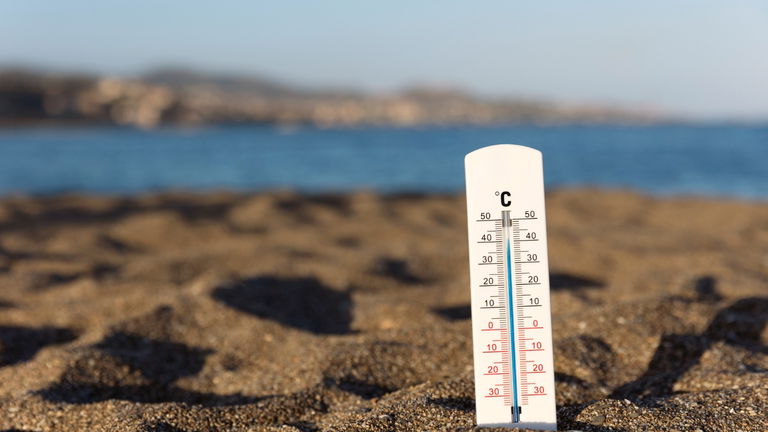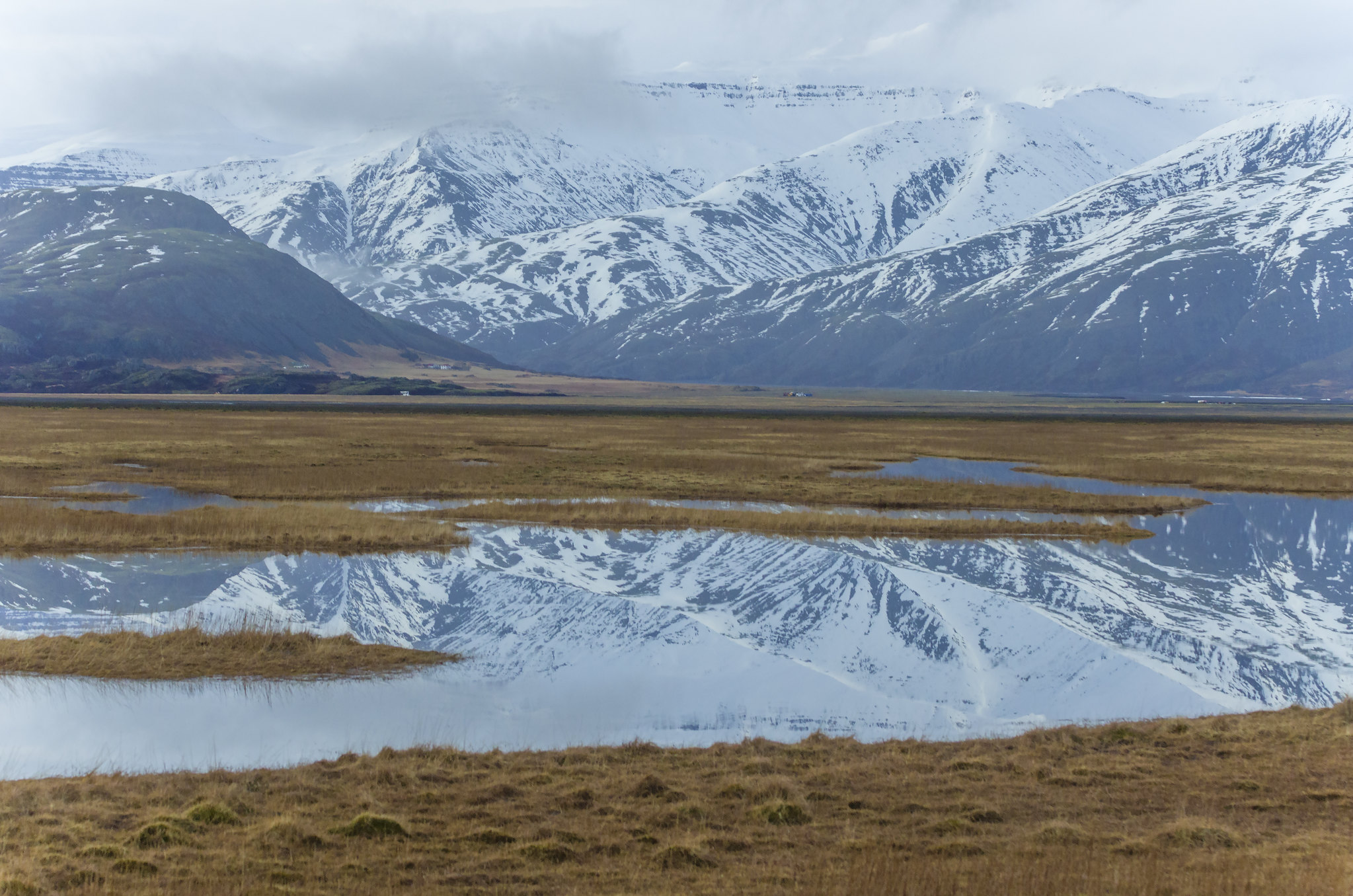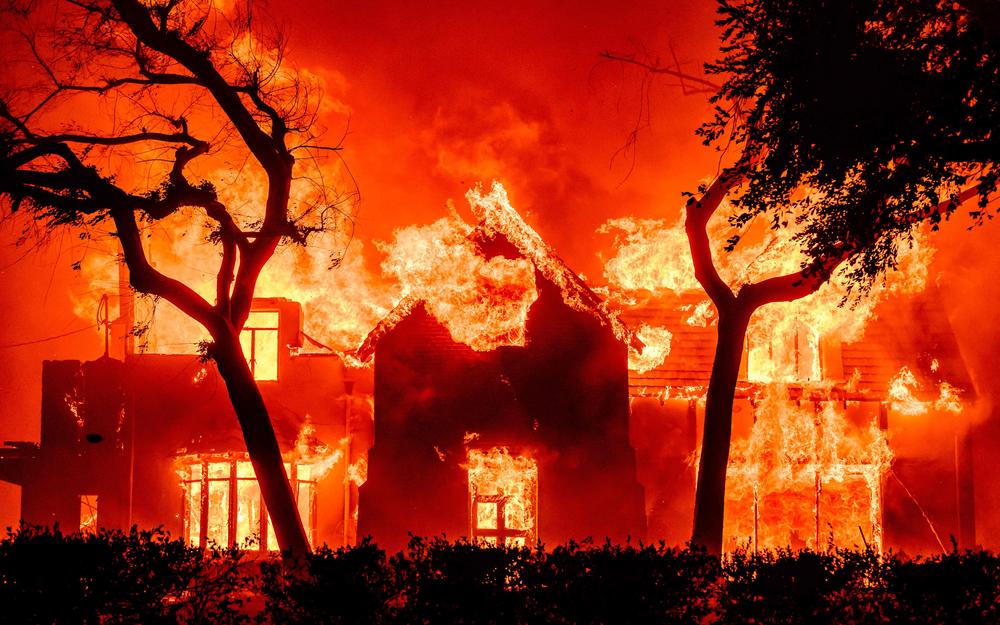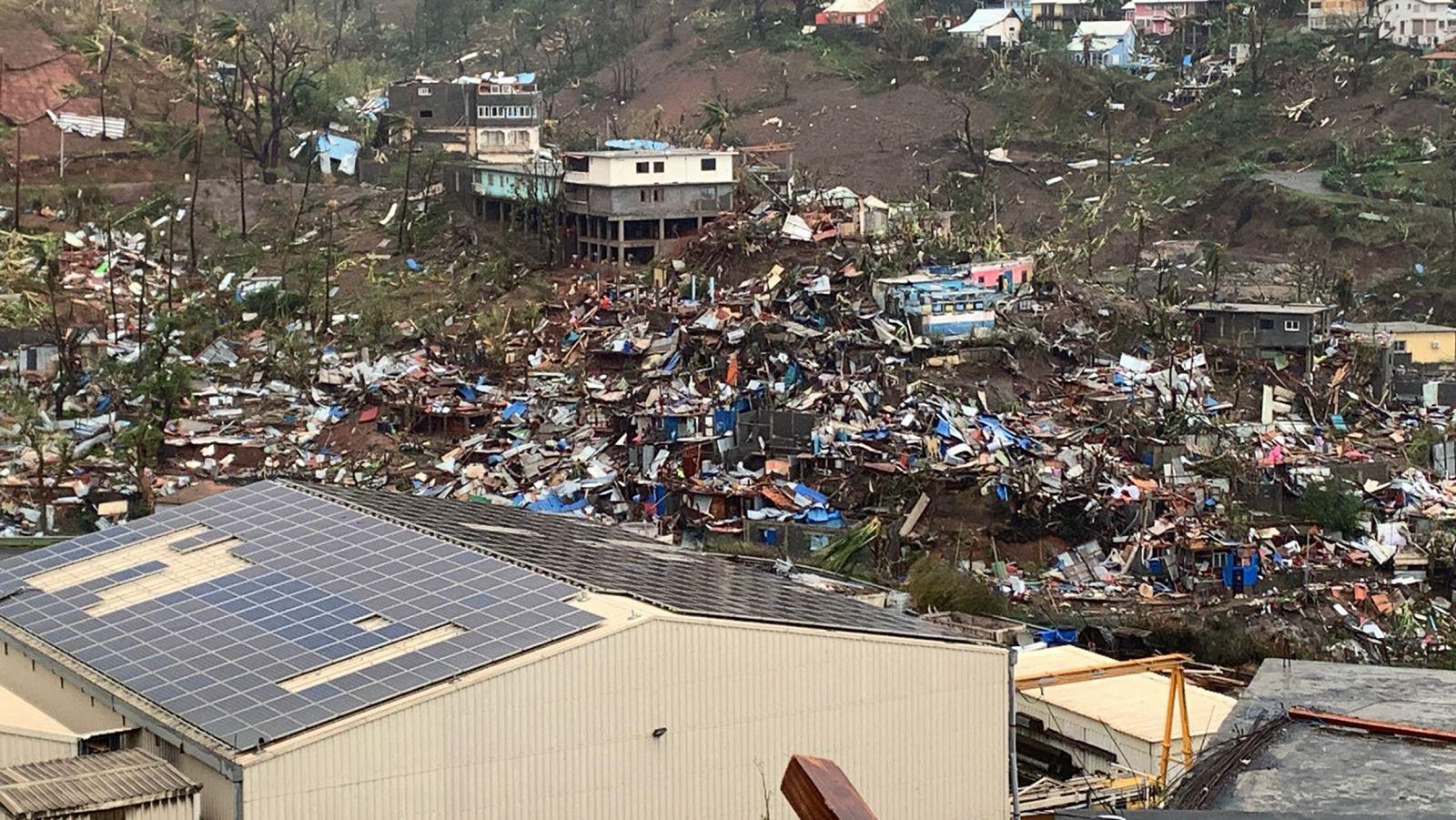425 ‘carbon pumps’ have been brought forward, without taking into account that five climate tipping points have been introduced into an irreversible change
- Two contrary news, as if research and scientists' warnings did not come to the ears of the agents of the fossil energy industry. In an irreversible change we include five components that keep us in a balanced climate, which entails drastic changes that are going to stabilize. The only way to avoid disruption is to reduce GHG emissions. But no: there are 425 fuel infrastructures in the world for the exploitation of oil, gas and coal, 40% of which are under construction, which would emit 646 billion tonnes of CO2, much more than the 31 billion tonnes needed to avoid overcoming the 1.5 degree warming set by the Paris Agreement.

The fossil energy industry is deceiving, along with many financial agents, by denying what science says. They say that the energy transition to carbon neutrality is compatible with the development of coal, gas and oil; however, it is clear that we should plan a way to stop and exit any new extractions project." These are words of Lucie Pinson, director of the NGO Reclaim Finance.El report 'Carbon Bombs', published by the journal Energy Policy, Mapping key fossil fuel projects is a joint statement. The map of oil, coal and gas extraction mega-projects underway or under construction, with over 1 billion tonnes of CO2, is worrying: There are 425 "carbon pumps" around the world and between them they would emit 666 billion tons of CO2. A catastrophe, when we know that in order not to overcome the 1.5 degree warming set by the Paris Agreement, discharges should be a maximum of 31 billion tonnes.
This map shows us how, for a few, everyone fades: three-quarters of the infrastructure is in ten countries, China, Russia, the United States, Iran, Saudi Arabia, Australia, India, Qatar, Canada and Iraq.
The closure of these infrastructures is essential and the suspension of construction works is one of the measures to achieve: 40% of these 425 are not yet in progress. The International Energy Agency last year recommended that these investments be halted, following the 2015 Paris agreements, with the aim of limiting warming to 1.5 degrees: 60% of oil and gas reserves and 90% of coal should be underground. Between 2050, the production of gas and oil would be reduced by 3% per year and coal by 7% per year. But no, the multinationals in the energy industry and the authorities look green and continue in the same direction, increasing production by 2% each year. Proof of this is the North Field gas extraction project, which is under way in Qatar by the French company TotalEnergies, or the U.S. oil and gas exploitation Allow Delaware, the largest existing bomb.
However, the study Exceeding 1.5°C global warming could trigger multiple climate tipping points ("Global warming at more than 1.5°C can cause many inflection points in the climate") has given us a new alarm: five of the sixteen inflection points are occurring. The latter is the warning obtained from 200 scientific investigations.
Three quarters of these gigantic infrastructures are concentrated in ten countries, China,
Russia, the USA, Iran, Saudi Arabia, Australia, India,
Qatar, Canada and Iraq.
To illustrate the anguish, scientists use an explanatory figure: "Wake up the sleeping giant." With the climate we have, we are in a balance to maintain life and biodiversity on the planet thanks to a number of elements that ensure climate regulation. But the truth is that, if we raise the temperature to some extent, the situation of these elements can change, causing strong disturbances in the environment and in the climate, and leading to a new stable situation different from the current one.
Five climate turning points irreversible
Giants wake up and we will not be able to sleep them again. More specifically, the sudden melting of the permanent ice of the permafrost, the melting of the glaciers of Greenland and western Antarctica, the disappearance of tropical torrential corals and the collapse of a major stream of maritime traffic in the North Atlantic are the studies of the journal Science.
The effects of climate change come earlier than expected. In fact, the sixth assessment report conducted last year by the Intergovernmental Panel on Climate Change (IPCC) alerted us that with two-degree warming there is a "high" risk of turning point activation and 2.5 "very high" degrees. However, the study, led by professors at the University of Stockholm, has revealed that some turning points could be activated earlier, even if the pre-industrial temperature did not warm up two degrees. Today it has warmed 1.1-1.2 degrees, according to measurements made by scientists and we already have irreversible changes.
Let's see what's behind every phenomenon. First, it's called permafrost, that soil that has been frozen for over two years, most of which we cause in the Arctic. What has been frozen for years is warming up and therefore thawing. The fact is that carbon dioxide and methane accumulate in this soil and that if melted they would have huge climatic consequences: although one does not know a specific data, experts say that there is twice as much carbon as in the atmosphere inside the permafrost.
The melting of the glaciers in Greenland and west Antarctica is also in an irreversible direction. One of the consequences is the rise in sea level which, taking into account the current pollution range, will rise to at least 27 centimetres until the year 2100, which will be the lowest. We can realistically state that this data will double," says Jason Box, a geologist from Greenland. In the worst case scenario, that is, if the range of thawing is repeated in the summer of 2012, the sea will rise to 78 centimeters per year. And this is without regard to the merger of the Antarctic.
The phenomenon has been felt since the 1990s and in the last decade 3,500 billion tons are merged. But evolution is accelerating and getting worse. The consequences of this summer are tremendous: one third of the thaw occurred for two years, in 2012 and 2019. So far, if Antarctica resists heat better, it seems that in recent years it has been considered firmly. With the melting of Antarctic ice a dark sea replaces the white of the banquisa, absorbing more heat and increasing temperatures even more.
The melting of the glaciers of Greenland and west Antarctica has been positioned in an irreversible direction by the experts at the basis of the study.
Another irreversible change is the collapse of Labrador's current. Coming from the Arctic Ocean, it heads south, crossing the shores of Labrador, Newfoundland and Nova Scotia and deducting a continuous effect on the temperature of the planet's waters. As every stream has a major influence on climate and a turning point influences another, the Gulf Stream will also deduct changes, modifying its trajectory and deducting climate changes, such as a widespread cooling in western Europe and eastern Europe EE.UU, with all the consequences that this entails for our society and biodiversity. The fifth turning point is the disappearance of tropical torrential corals, which lose color by increasing sea temperature. This happens when warming kicks out the seaweed called zooxanthellae. These small marine herbs provide oxygen and coloration to corals. Without them, coral can survive weakened, but usually dies. They are essential for underwater life, covering only 0.2% of the oceans, but guaranteeing 30% of their biodiversity, and, situated between the coast and the ocean, they affect the movement of water, minimizing the erosion of the coast and weakening the effects of other meteorological phenomena.
According to recent studies, the awakening of a giant can awaken other giants by creating a domino effect. Every tenth of the degree that heats the planet risks provoking another irreversible point. It can be read in the report that there may be more turning points to be overcome: the degradation of the Amazon, the collapse of the subglacial basins of eastern Antarctica or the disappearance of the mountain glaciers of South America.
But it seems that this does not raise doubts or feelings of yellow guilt to the drivers of the 425 "carbon pumps". Incredible. The fuel industry multinationals, known as Shell, Gazprom, ExxonMobil, BP, PetroChina, Petrobras, ConocoPhillips and Chevron, invest 100 million dollars every day and want to continue investing until 2030, scientists Les scientifes and Chevron are concerned to read 25 million watchful carbon. Amazing.
Eskoziako Lur Garaietara otsoak itzularazteak basoak bere onera ekartzen lagunduko lukeela adierazi dute Leeds unibertsitateko ikertzaileek.. Horrek, era berean, klima-larrialdiari aurre egiteko balioko lukeela baieztatu dute, basoek atmosferako karbono-dioxidoa xurgatuko... [+]
There was no one or all. That we all suffer at least if the necessary changes are not made so that no one suffers the climate emergency. You – reader – I – Jenofá-, they – poor – and they – rich. The fires in Los Angeles did not give me satisfaction, but a sense of... [+]









_Glaciar.png)





-(1).jpg)






